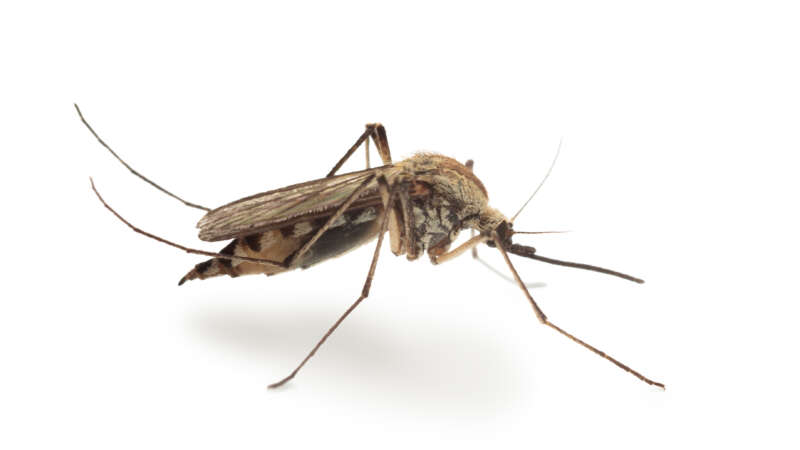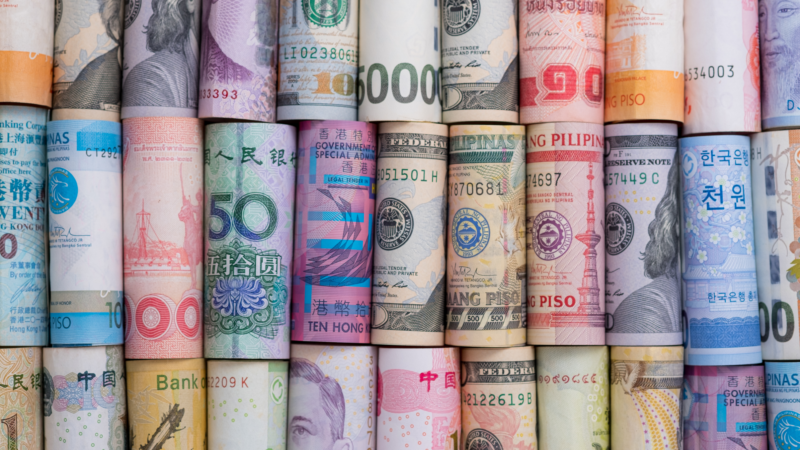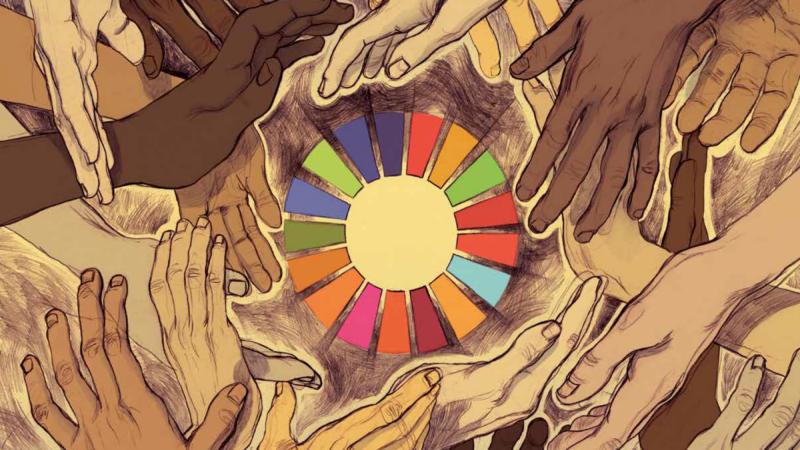West Nile Virus
Mosquitoes that carry West Nile are becoming resistant to insecticides
John VanDenBerg suspects he was gardening when a mosquito got him.
It was September 2018, and VanDenBerg, then 67, had been feeling a little “off” for a few days, he said, like maybe he had the flu.
But one morning, as he was walking out of his Colorado home, he collapsed.
The Economics of Resistance
It would be extremely difficult to calculate, with any high degree of accuracy, the global economic impact of insecticide resistance. For starters, we must consider that insect management plays a pivotal role in a variety of sectors – agriculture, home and garden, forestry, structural applications, and vector control. Analysis of the totality of economic impacts arising from resistance in any one of these sectors quickly becomes a complicated interplay of variables that interact within that given system.
To account for the full economic impact, one must layer in the amount being spent on insect management and how much of that investment is lost to resistance, but also the economic impact of losses to the overarching objectives of a given program.
To calculate the impact, you must first calculate what is at risk.
Dr. Raman Velayudhan: Combating Deadly Mosquitoes
Dr. Raman Velayudhan is a seasoned expert in the public health field and a relentless advocate for combating the global threat of mosquito-borne diseases.
Currently at the helm of the Veterinary Public Health, Vector Control, and Environment unit within the Department of Control of Neglected Tropical Diseases at the World Health Organization (WHO), Dr. Velayudhan’s impact is far-reaching.
Mosquito-borne Diseases & the Environment
Climate change and human activity are enabling the spread of mosquito-borne diseases, like dengue fever, to new places. Stanford infectious disease experts and disease ecologists discuss what we know and how communities can protect themselves from these changing disease threats.
Tracking the Global Burden of Vector-Borne Disease
The burden of vector-borne diseases (VBDs) is one of public health’s most pressing challenges. VBDs are caused by pathogens such as arboviruses (arthropod-borne virus), bacteria, and parasites that are transmitted to humans and animals through the bites of infected arthropods including mosquitoes, ticks, sandflies, and fleas, among others. According to the World Health Organization (WHO) , “vector-borne diseases account for more than 17% of all infectious diseases, causing more than 700,000 deaths annually worldwide”.
Beyond these broad statistics, attempts to quantify the global burden of VBDs is extremely challenging – for a number of reasons. At the highest level, even “burden” has an underlying complexity in public health terms: burden may refer to the number of cases of a given disease as well as the number of deaths.
Burden can also represent Disability-adjusted Life Years (DALYs), a measure that accounts for the long-term effects of disability among the afflicted, as well as the economic impact of disease from regions and countries all the way down to households and individuals. These economic impacts can be further scrutinized as reduced productivity among the populace, increased healthcare costs, and negative impacts on tourism; all of which can directly affect the GDP and economic growth of local and regional economies. And that’s just the beginning.
Earth Day & Public Health: Unavoidably Connected
Each year on April 22nd, people and nations around the world celebrate Earth Day to raise awareness and promote action toward environmental protection and sustainability. Activities typically include community clean-ups and educational campaigns designed to promote sustainability in daily life.
The origins of Earth Day date back to the 1960s and a decade of growing enviro-consciousness brought about by the publication of Rachel Carson’s Silent Spring and a series of environmental disasters that climaxed with a devastating oil spill off the coast of California in 1969. Gaylord Nelson, a U.S. Senator from Wisconsin, organized the first Earth Day in 1970, when an estimated 20 million Americans took part in organized activities ranging from tree plantings to beach cleanups and teach-ins on college campuses.
Since those humble beginnings, Earth Day has become a global event – but amidst the tree plantings and landscape revitalization lies a subtle and yet direct connection between Earth Day and Public Health. Just as we depend on the natural environment for our survival, civilization creates and shapes a social and economic environment that greatly influences the health and well-being of our species.
The Economics of Resistance
It would be extremely difficult to calculate, with any high degree of accuracy, the global economic impact of insecticide resistance. For starters, we must consider that insect management plays a pivotal role in a variety of sectors – agriculture, home and garden, forestry, structural applications, and vector control. Analysis of the totality of economic impacts arising from resistance in any one of these sectors quickly becomes a complicated interplay of variables that interact within that given system.
California Remains in Fight against WNV
A total of eight new cases of West Nile Virus (WNV) were reported in California’s August 28, 2020 Arbovirus Surveillance Bulletin, bringing the state’s year-to-date …
Beyond Catch Basins: Managing Culex Populations
Catch Basins and West Nile Virus Transmission In urban environments, road-side catch basins are common larval habitats of Culex species mosquitoes and important targets of …
Redefining the Problem that is Container Mosquitoes
Breakthroughs in Aedes control show potential for WNv programs, but more study is needed. WALS™ has gained notoriety in the recent past because of its …





